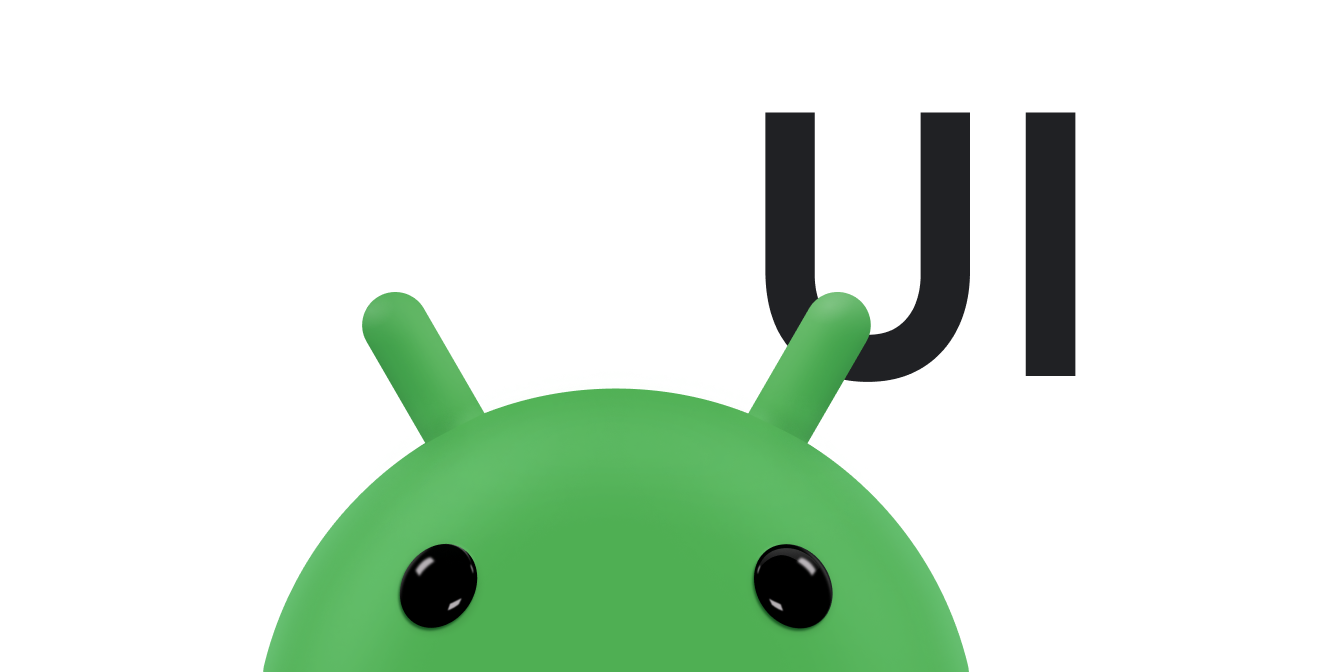इस दस्तावेज़ में, ऐसे ऐप्लिकेशन बनाने का तरीका बताया गया है जिनमें उपयोगकर्ता, टच जेस्चर का इस्तेमाल करके ऐप्लिकेशन से इंटरैक्ट कर सकते हैं. Android, जेस्चर बनाने और उनका पता लगाने में आपकी मदद करने के लिए कई तरह के एपीआई उपलब्ध कराता है.
हालांकि, आपके ऐप्लिकेशन को बुनियादी कार्रवाइयों के लिए टच जेस्चर पर निर्भर नहीं रहना चाहिए. ऐसा इसलिए, क्योंकि हो सकता है कि सभी उपयोगकर्ताओं के लिए, सभी संदर्भों में जेस्चर उपलब्ध न हों. हालांकि, अपने ऐप्लिकेशन में टच-आधारित इंटरैक्शन जोड़ने से, ऐप्लिकेशन के इस्तेमाल और उसकी अपील में काफ़ी बढ़ोतरी हो सकती है.
उपयोगकर्ताओं को एक जैसा और आसान अनुभव देने के लिए, आपके ऐप्लिकेशन को टच जेस्चर के लिए, Android के मान्य नियमों का पालन करना होगा. मटीरियल डिज़ाइन के जेस्चर दस्तावेज़ में, Android ऐप्लिकेशन में सामान्य जेस्चर इस्तेमाल करने का तरीका बताया गया है. इसके अलावा, Material Motion देखें.
इस विषय के बारे में ज़्यादा जानने के लिए, इससे जुड़ी ये गाइड पढ़ें:
विषय
- सामान्य जेस्चर का पता लगाना
-
GestureDetectorका इस्तेमाल करके, स्क्रोल करने, फ़्लिंग करने, और दो बार टैप करने जैसे बुनियादी टच जेस्चर का पता लगाने का तरीका जानें. - टच और पॉइंटर की गतिविधियों को ट्रैक करना
- गतिविधि को ट्रैक करने का तरीका जानें.
- स्क्रोल करने के जेस्चर को ऐनिमेट करना
-
टच इवेंट के जवाब में स्क्रोलिंग ऐनिमेशन बनाने के लिए, स्क्रोलर—
ScrollerयाOverScroller—का इस्तेमाल करने का तरीका जानें. - मल्टी-टच जेस्चर हैंडल करना
- एक से ज़्यादा पॉइंटर (उंगली) से किए जाने वाले जेस्चर (हाव-भाव) का पता लगाने का तरीका जानें.
- खींचकर छोड़ना और स्केल करना
- स्क्रीन को छूकर खींचने और ज़ूम करने की सुविधा लागू करने का तरीका जानें.
- ViewGroup में टच इवेंट मैनेज करना
ViewGroupमें टच इवेंट मैनेज करने का तरीका जानें, ताकि यह पक्का किया जा सके कि टच इवेंट को उनके टारगेट व्यू में सही तरीके से भेजा गया है.


